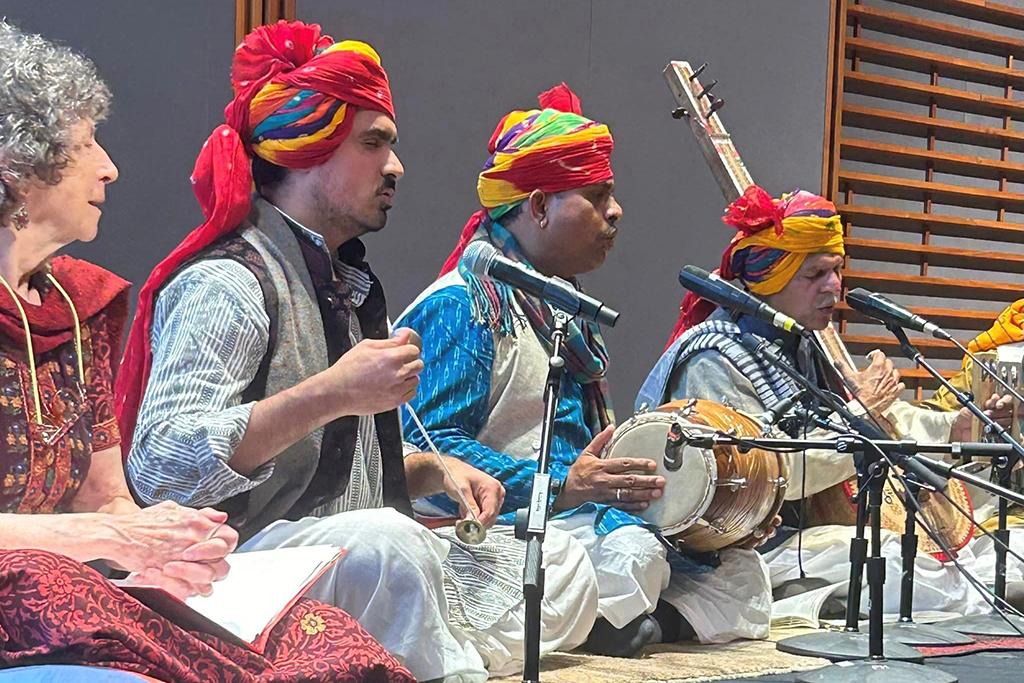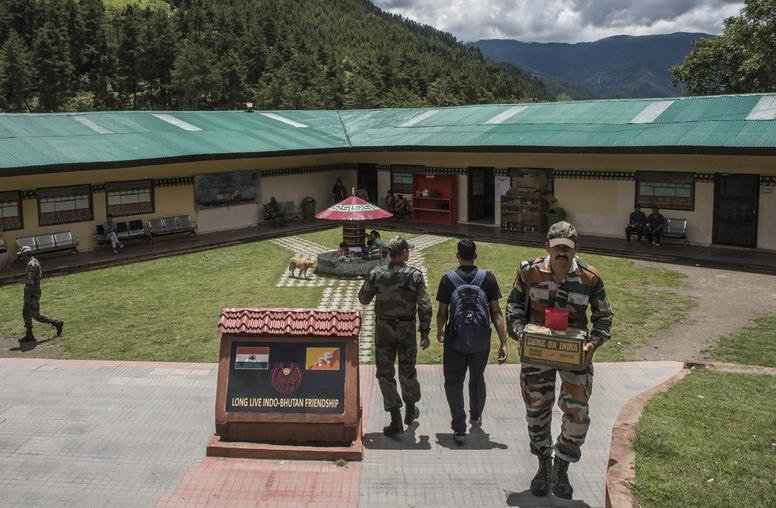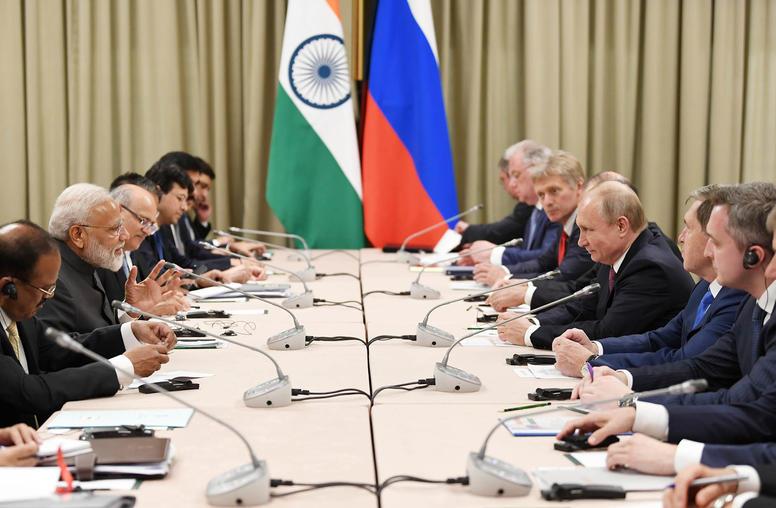South Asian Traditions of Peace and Inclusion: The Poetry and Songs of Kabir
In a joyful folk style, Prahlad Singh Tipanya and group sing the devotional poetry of Kabir and related mystic poets of Northern India and Pakistan. Kabir was a 15th-century mystic poet who has remained popular and influential for more than 500 years. Kabir’s poetry has been celebrated in Hindu, Muslim, Sikh, and other religious and nonreligious communities. Kabir challenged caste hierarchies and his poetic music remains inspiring for lower-income communities across South Asia — serving as an important vehicle in advocating for communal harmony, spirituality, social cohesion, and equality across all boundaries.

Musician Prahlad Singh Tipanya is renowned for his singing and interpretation of Kabir. Hailing from the Indian state of Madhya Pradesh, Tipanya contributes to Kabir’s legacy by sharing this poetic music in both live performances and online.
Join USIP, in coordination with the Reed Society for the Sacred Arts, for an in-person performance of Kabir poetry from Prahlad Singh Tipanya and his ensemble. Translations of the musical poetry will be made available during the concert by scholar and translator of Kabir, Dr. Linda Hess.
Speakers and Performers
Tamanna Salikuddin, moderator
Director of South Asia Programs, U.S. Institute of Peace
Dr. Linda Hess, translator
Emerita Professor, Stanford University
Prahlad Singh Tipanya
Vocals and Tambura
Devnarayan Saroliya
Vocals and Violin
Ajay Tipaniya
Vocals and Dholak
Dharmendra Tipaniya
Vocals and Harmonium
Priyal Maheshwari
Vocals And Manjira
Vivek Virani
Vocals, Flute, and Translation



